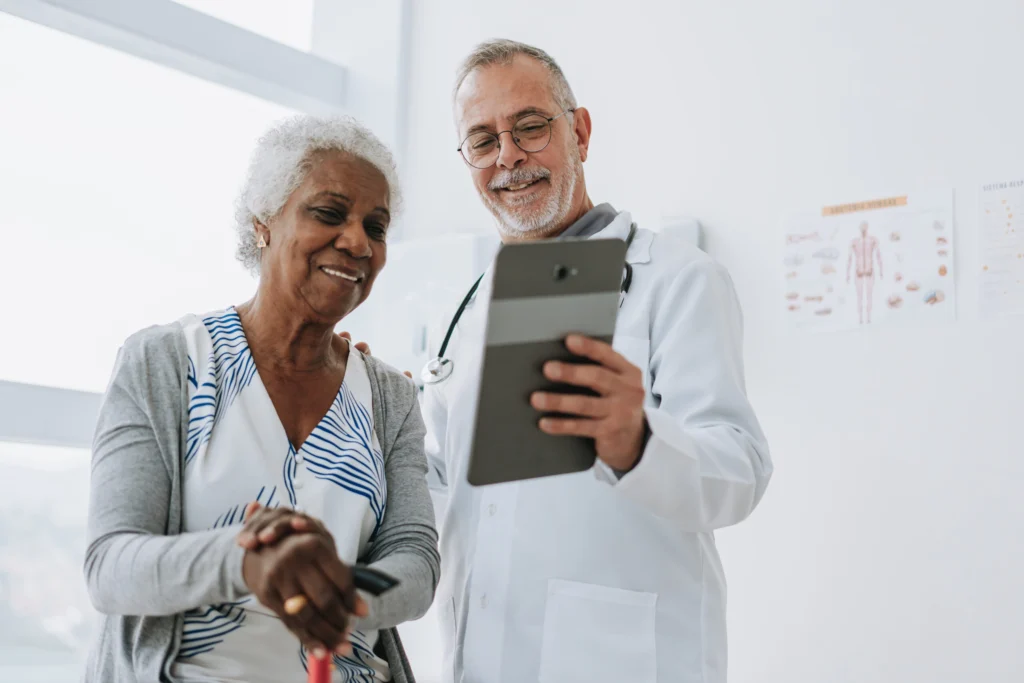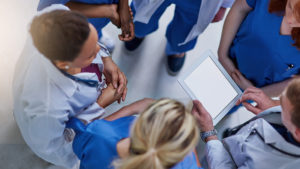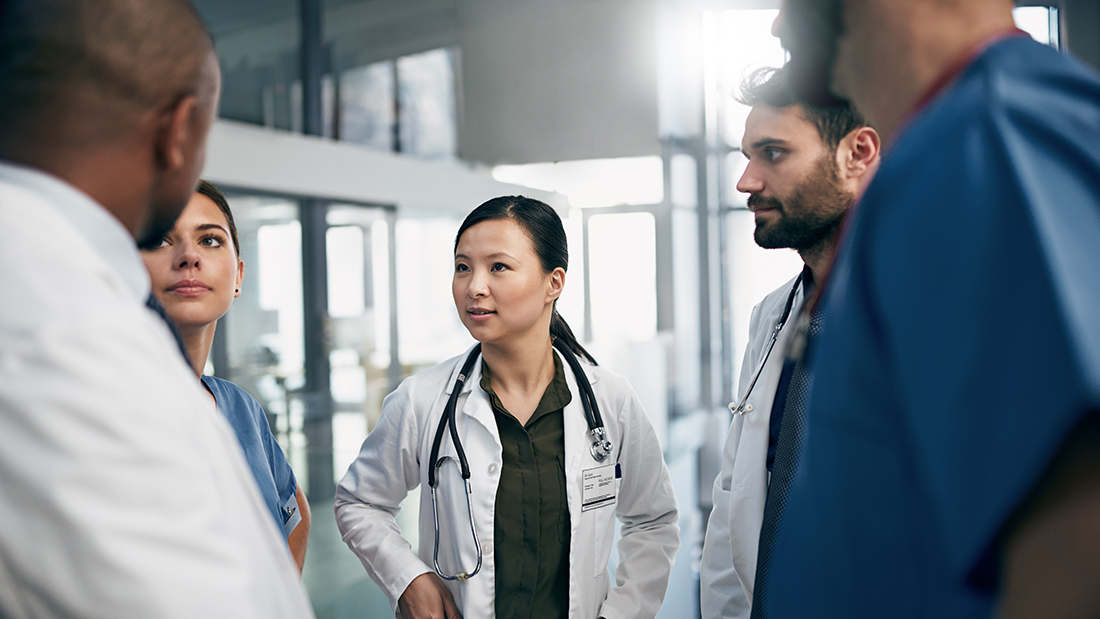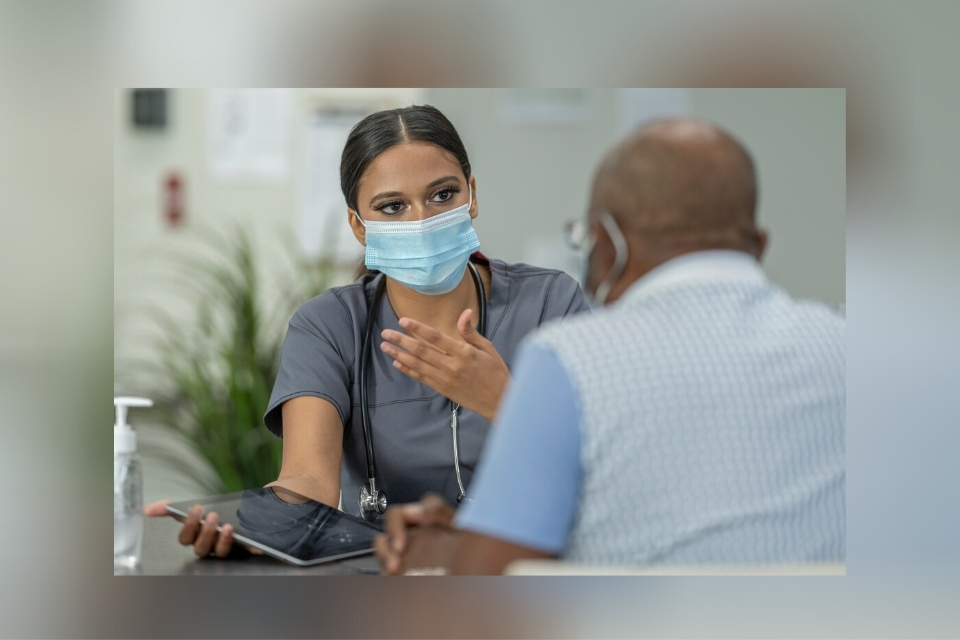
Matthew Wood, MD
Asheville Gastroenterology Associates, Asheville, North Carolina
Patients are searching for accurate information about COVID-19 as they consider whether to seek health care services in offices and endoscopy centers. Many patients are concerned they may be exposed to COVID-19 in a healthcare setting and are reluctant to schedule an appointment or undergo an endoscopic procedure during the pandemic. Emerging data regarding delays in endoscopic evaluation and cancer detection is concerning. Therefore, it is important to communicate the safety precautions enacted in your office and endoscopy centers, and to address patient concerns and provide guidance on the following:
Public health guidance
Share information about how you stay up-to-date with public health guidance from local, state and national authorities and discuss the steps you take to ensure your practice remains current with the evolving requirements for patient safety during the pandemic.
Screening patients and staff for COVID-19
Inform patients how you screen them and your staff for COVID-19. These protocols – such as a questionnaire regarding symptoms and potential exposure to COVID-19, and obtaining temperature checks – decrease the risk of introducing COVID-19 into the endoscopy center and the risk to patients undergoing procedures.
Risk stratification of patients for COVID-19 should be done prior to endoscopy procedures by questioning for symptoms and contacts. This process is repeated on the day of endoscopy and includes a patient temperature check. Some centers may perform COVID-19 screening tests if available to detect SARS-CoV-2 infection depending on the status of COVID-19 in their area.
Targeted SARS-CoV-2 testing of patients without symptoms of COVID-19 can be used to identify those with asymptomatic or pre-symptomatic SARS-CoV-2 infections and further reduce the risk of exposure in the endoscopy unit. Centers may utilize pre-procedure diagnostic testing with nucleic acid or antigen detection assays for SARS-CoV-2.
Limitations of using this testing strategy include obtaining negative results in patients during the incubation period who later become infectious and false negative test results, depending on the method used.1 To assist endoscopy units considering the use of screening SARS-CoV-2 tests, the AGA Institute recently provided recommendations on pre-testing strategies for low, intermediate, and high prevalence settings.2
Physical and temporal distancing
- Inform your patients that endoscopy unit personnel follow CDC guidelines and will maintain a reasonable distance from every patient during all steps taken before beginning endoscopic procedures (including reviewing informed consent, patient instructions for the procedure, and obtaining vital signs).
- Detail your plan for promoting physical distancing during the patient visit.
- If procedure schedules have been revised to allow for temporal distancing, share this information with your patients.
Restricted access to relatives and caregivers
Patients should be made aware in advance that relatives and caregivers will not be allowed to accompany them into the endoscopy unit in an effort to reduce COVID-19 exposure. Detail any exceptions that your policies allow and make it clear to patients that in these rare exceptions individuals accompanying the patient will need to undergo the same screening process as the patient and follow all requirements for physical distancing and use of personal protective equipment.
Personal protective equipment
Patients need to be informed of the personal protective equipment you and your staff will be wearing and how this greatly reduces the risks of viral transmission.
Require patients to wear a mask during their visit, and provide a mask for the patient if needed.
Risks of contracting COVID-19 during endoscopic procedures
Your patient may have a concern that you or your staff could transmit COVID-19 to them during their procedure. Patients may be unaware of the extensive cleaning protocols that were in place for endoscopy units prior to COVID-19, and how the endoscopy unit staff are well-trained in thorough cleaning of endoscopy equipment and procedure rooms. These well-established protocols further decrease the risk of transmission of COVID-19.
- Notify patients of any new or enhanced cleaning procedures implemented in the office and procedure areas.
- Inform patients that all staff wash hands with soap and water or alcohol-based hand rub before and after all patient interaction, contact with potentially infectious sources, and prior to donning and after removal of PPE, including gloves.
- Patients should be informed all endoscopes undergo high level disinfection by staff thoroughly trained in this procedure, and viruses are eradicated during this process. Therefore, viral transmission via properly cleaned endoscopes will not occur.
- Inform patients that the endoscopy team and staff disinfect and decontaminate the procedure room and surfaces before and after all procedures, greatly minimizing the risk of patient exposure to the SARS-CoV-2 virus.
- Also inform patients if you have air purification units or enhanced air exchange in your procedure rooms or recovery rooms to lessen the risks of viral transmission.
- Signage in the endoscopy center to notify patients of these practices and precautions can be very helpful.
- The use of endoscopic oxygen facemasks can further reduce the transmission of airborne pathogens during and after upper endoscopy and can function as an adjunct to PPE. This procedural mask resembles a traditional clear plastic oxygen facemask, but has a self-sealing endoscopy port which accommodates most endoscopes, as well as a capnography port and an included optional oxygen reservoir side bag. The mask can be left on the patient in the PACU during recovery.4
- Data indicate that in endoscopy centers utilizing high level personal protective equipment, and other protective and preventative measures as outlined above, patients and health care workers are at very low risk to acquire COVID-19 infection.5
Enacting these protocols can decrease the risk of introducing COVID-19 into the endoscopy center and reduce the risks of transmission to patients undergoing endoscopic procedures.
REFERENCES:
- https://www.cdc.gov/coronavirus/2019-nCoV/index.html
- Sultan S, Siddique S, Altayar O et al. AGA Institute Rapid Review and Recommendations on the Role of Pre-Procedure SARS- CoV2 Testing and Endoscopy, In Press, Gastroenterology, Published online July 27, 2020.
- Repici, A. et al. Coronavirus (COVID-19) outbreak: what the department of endoscopy should know. (Gastrointest Endosc 2020; 92:192-7.).
- https://www.asahq.org/about-asa/governance-and-committees/asa-committees/committee-on-occupational-health/coronavirus/clinical-faqs
- Repici A, Aragona G, Cengia G, et al. Low risk of covid-19 transmission in GI endoscopy, Gut Published Online First: 22 April 2020. doi: 10.1136/gutjnl-2020-321341.
- Rutter MD, Brookes M, Lee TJ, et al Impact of the COVID-19 pandemic on UK endoscopic activity and cancer detection: a National Endoscopy Database Analysis, Gut Published Online First: 20 July 2020. doi: 10.1136/gutjnl-2020-322179.












